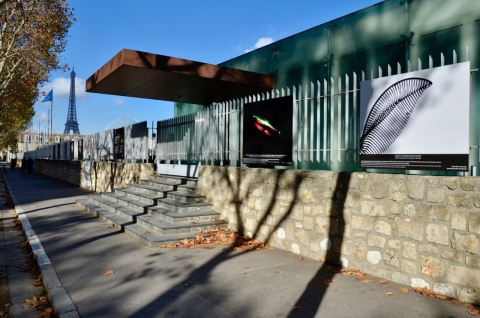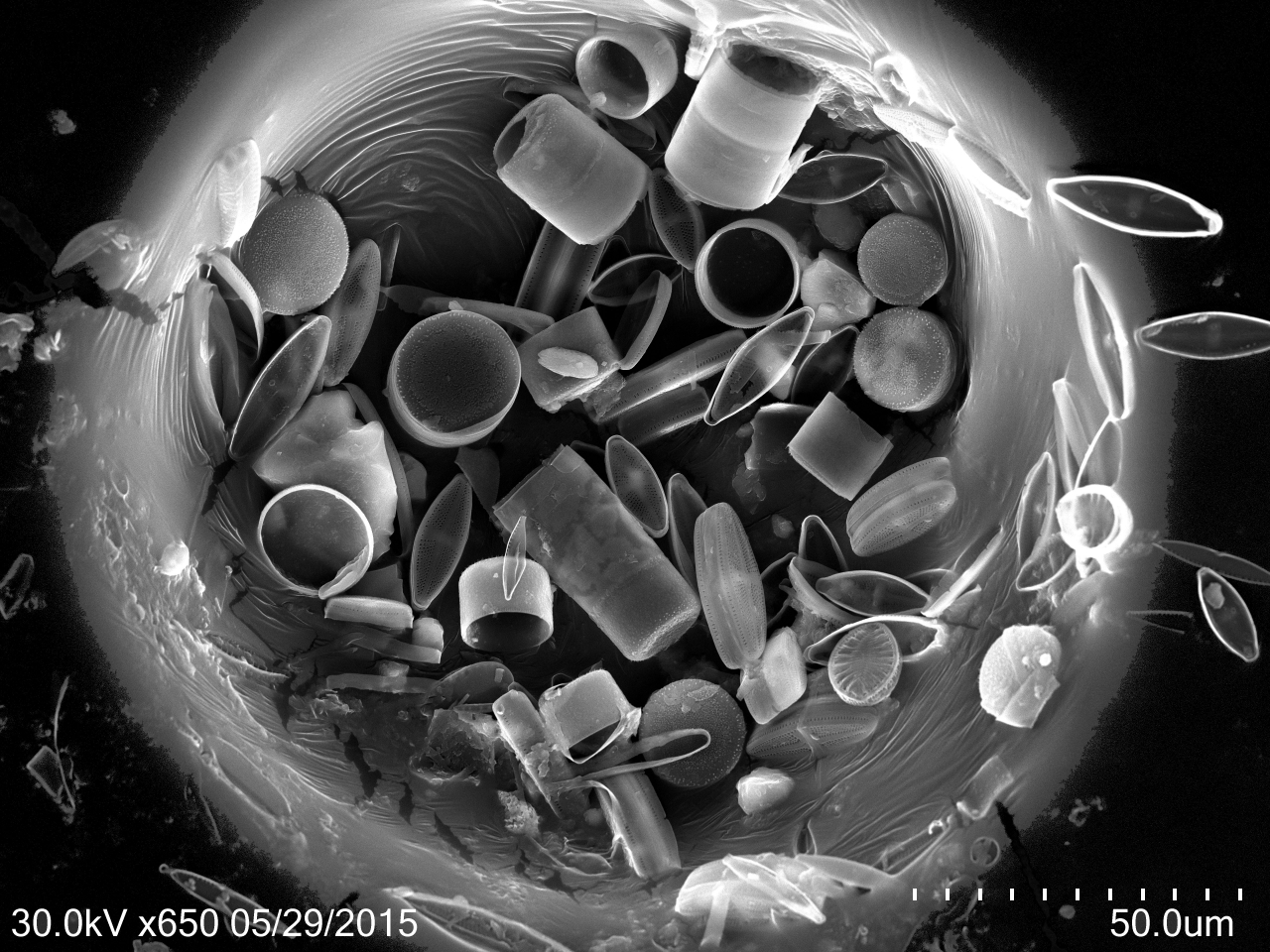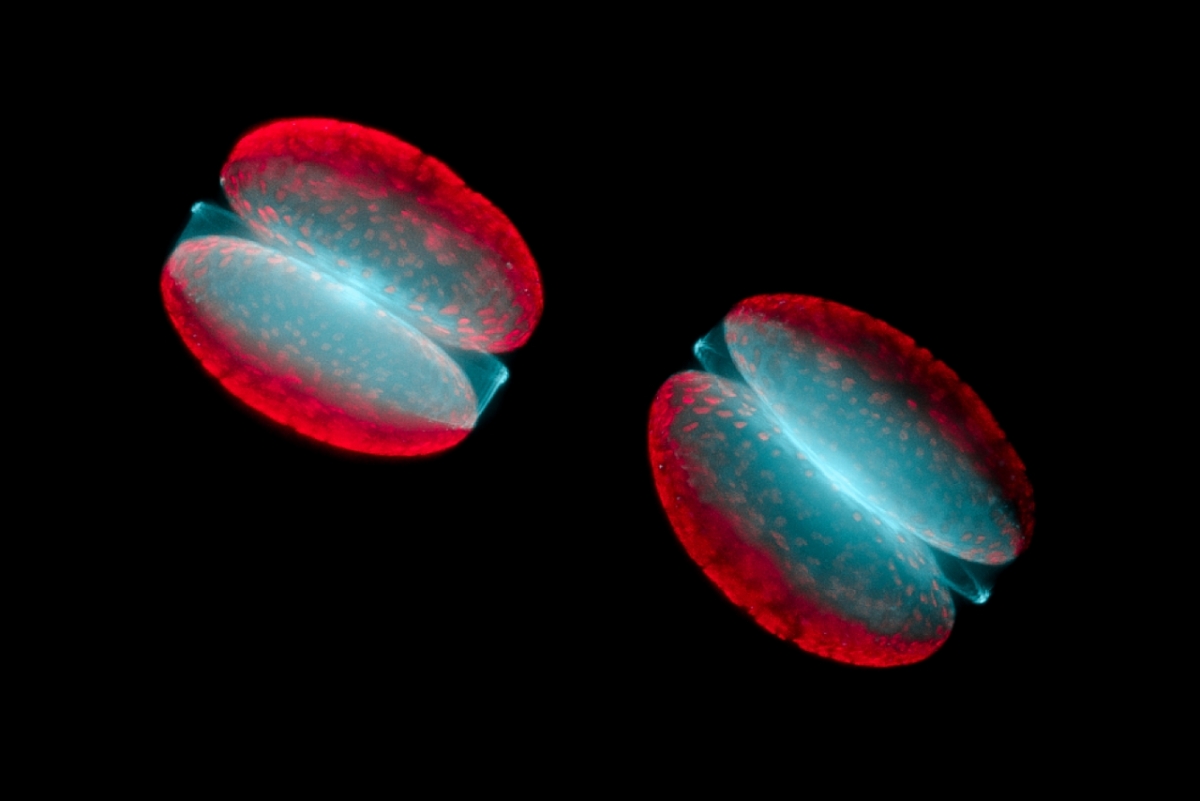
To celebrate the 70th anniversary of Universal Declaration of Human Rights, the World Science Day for peace and development is dedicated to the theme « Science, a Human Right ». AiR* and UNESCO have imagined an exhibition drawing parallels between articles of Declaration and artworks from our artists-researchers. Pascal Jean Lopez, biologist and a CNRS/BOREA researcher exhibits his diatom photographies.
The photographies are exhibited until the end of November, on UNESCO grids, 125 avenue de Suffren in Paris.
*AiR, Art In Research, Is an art gallery entirely devoted to scientific photography. A revealer of the radical, fundamental, and unsuspected beauty concealed in our research laboratories.
Parisian diatom, by Pascal Jean Lopez

This microorganism, observed under a transmission electron microscope and whose size does not exceed twenty microns, belongs to the family of Parisian diatoms. The skeleton of this microscopic alga is made of silica, the hardest material in the world. The parallel between the bone structure of this bacillariophyta and the capillary network of a leaf is rather striking. But the forms are not the only thing that these plants share: just like the trees that populate our forests, these algae are essential for our survival since they alone produce nearly a quarter of the oxygen we consume.
Diatoms, mother and daughter, by Pascal Jean Lopez

This microorganism observed by fluorescence microscopy belongs to the family of diatoms known as pennate. Its size does not exceed a few microns. The skeleton of this microscopic alga is made of silica, the hardest material in the world. The mechanisms of formation of this bone structure remain only partially understood and this photograph, taken during the phase of cell division, brings yet an additional stone to the building. The intrinsic beauty of this microscopic object serves, to our knowledge, no particular function except to anchor in our minds the fond memory of a perfectly symmetrical body.
